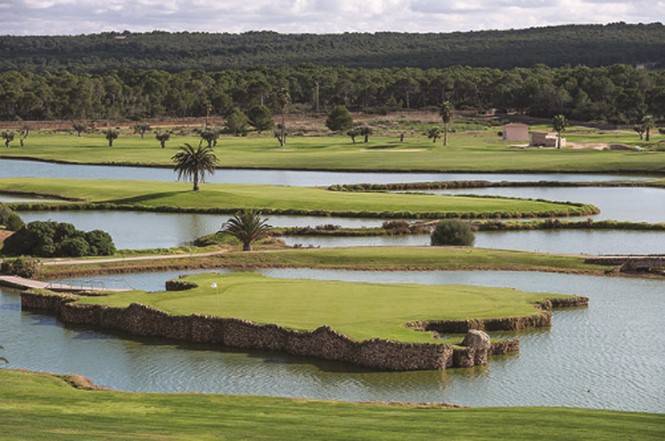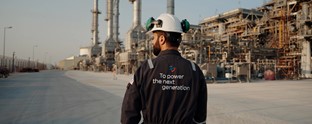Place branding: Mallorca

A destination well-placed to reap the rewards of the tourist market, Mallorca enjoys 300 days of sunshine per year, as well as active transport links. Its beaches are world famous for their beauty and its capital, Palma, is a hub of Gothic cathedrals and modern art galleries.
Although many businesses across the island cater the package holiday tourist industry, recent attempts to cater to a higher-paying clientele have resulted in renewed focus on assets such as Mallorca’s high-quality wine production and its cycle tourism industry. New, boutique hotels and clubs are beginning to appear in areas with formerly questionable reputations. Saleability of Mallorca as a prime golf resort is the next step in the island’s overall image shift.
Indeed, Mallorca’s image is set to be bolstered as the International Golf Travel Market (IGTM) takes place on the island November 2016, for the first time in its 19-year history. Other local businesses will be hoping to capitalise on the attendant clientele – Mallorca’s 19 courses provide good links to the rest of the island, as well as other sporting activities such as wind surfing and cycling in the northern mountainous regions.
The Asociación de Campos de Golf de Mallorca (ACGM), the body heading up Mallorca’s golf tourism PR strategy, are also focusing on what Palma has to offer an influx of tourists looking for a high-quality experience. With an array of good food and well- established hotels, Palma’s business sector will rely on its abundant cultural attributes to effectively position the entire Mallorcan experience.
Yet, perhaps Mallorca’s reputation as a destination for partygoers may also work in its favour.
As Andy Barwell, director of sports brand consultancy, the Azalea Group, which is doing the public relations for the 2016 IGTM, says, “When you establish what all your assets are, you just have to keep on banging the drum – which is what Mallorca has just started to do. What needs to be conveyed is that Mallorca has got something for everyone. So if you’re a five-star tourist who wants to pay €200 or €300 a night for a fantastic hotel up in
the hills and enjoy fine dining then you can be as far away from Magaluf as you like, because that option is there for you.”
Yet, Barwell says, the push to associate the island with golf holidays won’t change the other half of the island’s appeal – it’s nightlife. He says, “If you want to go and play golf at a much more reasonable price and stay in two star and three-star accommodation, then hang out with a younger crowd that wants to party, then that’s there for you as well. Those perceptions of Mallorca and Magaluf, although generally negative, are still an important part of the island’s tourism whatever you might think – and that still appeals to the golf market too.”
The advent of golf tourism is not without its challenges. Golf courses require immense water usage to sustain their high-quality grass and, ironically, to ensure minimal environmental damage – another pressure for an already arid landscape. Businesses may struggle to sustain suitable tourist numbers if aridity worsens, particularly for water-intensive tourist pulls such as vineyards and water parks.
Yet, with the UK and Germany contributing a combined total of almost six million visitors during 2014, the economic benefits of Mallorca’s push to brand itself as a key golf resort may outweigh any negative implications.
In a Mediterranean climate guaranteed to enhance any holiday experience along with the easing Spanish economic crisis, Mallorca’s status as a destination for revellers may soon be replaced – or perhaps coincide – with attempts to develop a new sporting legacy.












